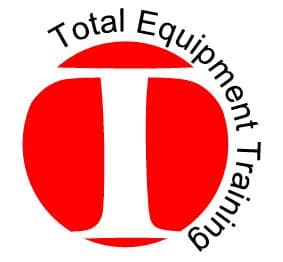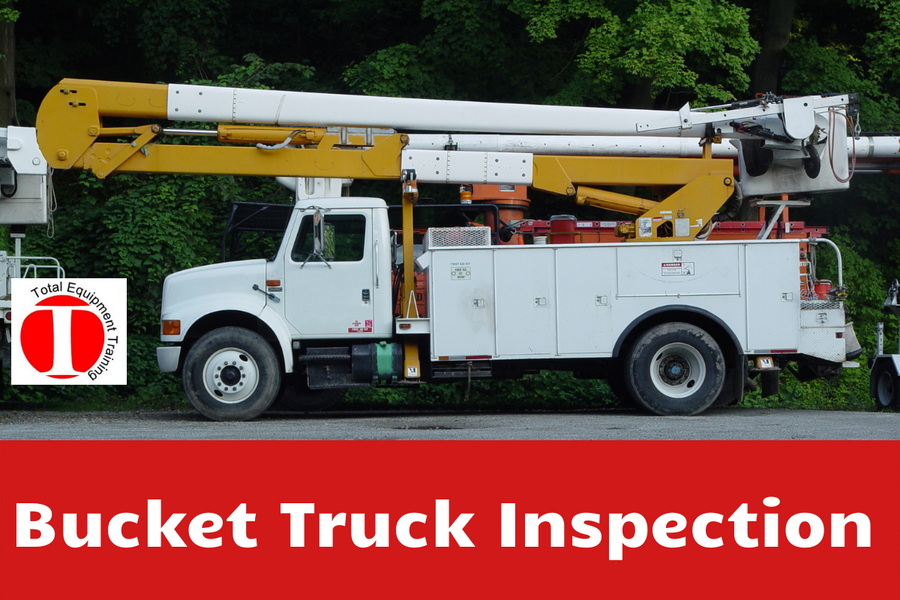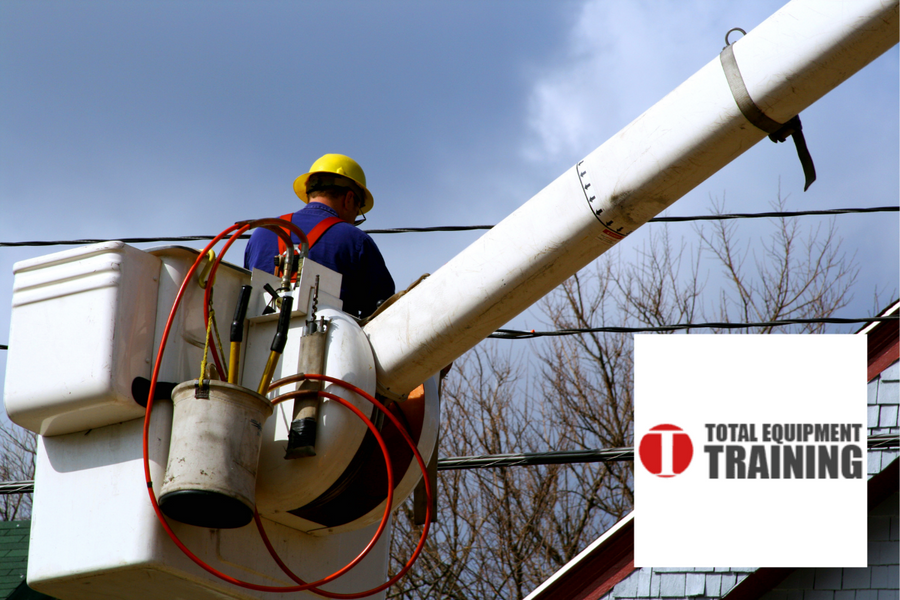The heavy equipment industry has given rise to an ever-expanding roster of machines and tools used to complete tasks both safely and efficiently. Among the utilities boasting a wide number of applications – even expanding into other sectors is the bucket truck. Originally called cherry pickers, a name adopted from their early mainstream use in the agriculture industry, bucket trucks have evolved and diversified in utility and form.
OSHA (Occupational Safety and Health Administration) has set up regulations and guidelines on the safe use of bucket trucks in different categories depending on the type of bucket truck in use. This is in part because there has been both a general decrease in use and greater demand for safety when using ladders and/or scaffolding.
Contact TET for Your Bucket Truck Inspection
What Is a Bucket Truck?
Bucket trucks are essentially composed of a utility vehicle (the truck) fitted with a boom (extendable arm, powered mechanically or hydraulically) with a compartment (the bucket) attached at the end that can hold a number of people. The boom lifts the worker up to the required height to safely perform their task.
Types of Bucket Trucks
There are several types of bucket trucks, differentiated by their utility and structure. They include:
- Telescopic Bucket Trucks – Also known as ‘squirt booms’ or ‘stick booms’ these bucket trucks have booms that can only be extended telescopically. This is because the arms have no joints/knuckles.
- Articulating Telescopic Bucket Trucks – These bucket trucks have knuckles on their booms, allowing for a larger range in flexibility and range of bucket movement.
- Overcenter & Non-Overcenter Bucket Trucks – Overcenter bucket trucks have articulating booms that allow the bucket to move beyond the center of the truck. Non-overcenter bucket trucks have a much more restricted reach, more focused on working height.
- Insulated Bucket Trucks – These are the preference for work at or near live cabling, as they reduce the possibility of electrocution due to the non-conductive materials they are made from.
- Material Handler Bucket Trucks – These bucket trucks can lift both people and a moderate load.
Track Bucket Trucks – In extreme or consistently irregular terrain, track bucket trucks are preferred as they use tracks instead of wheels to facilitate their movement.
Call TET for Onsite Bucket Truck Training
Importance of Bucket Truck Inspection
Just like all mechanical implements at the work site, it is essential to carry out inspections to ensure all parts are functioning well. For bucket trucks, some essential reasons include:
- Ensuring the bucket can support its expected capacity with allowance for more weight
- The boom can effectively extend to its maximum ranges
- Identifying components degrading from wear and tear
- Confirmation that controls work as expected
- Check tires for proper inflation, tears, or worn treads
Contact Total Equipment Training to assist with your onsite bucket truck inspection.
When Is Bucket Truck Inspection Needed?
OSHA and ANSI (American National Standards Institute), the two main regulatory bodies on vehicular utilities, have categorized inspections into:
- Frequent Inspections – These inspections should be carried out after every 3 months, or every 150 hours of operation, whichever comes first.
- Periodic/Annual Inspections – This in-depth inspection should be carried out no more than 13 months after the prior annual inspection. It should follow inspection guidelines from both OSHA and the manufacturer, and be done by a qualified person such as a mechanic for the specific bucket truck.
The owner shall not return the bucket truck to active service until all issues identified during the inspection have been rectified. Before use, daily and weekly inspections are required to help keep an eye on the condition of the bucket truck, and to identify and resolve any complications before they become more severe.
Email sales@tet-us.com to schedule heavy equipment training for yourself or your staff.
What are the Mandatory Tests Needed During a Bucket Truck Inspection?
The qualified person doing the inspection has 3 main categories to use as testing criteria:
- Structural Tests
This is an inspection of all accessible areas on the bucket truck, including the removal of plating to reach hidden components. - Functional and Operational Tests
These focus on the proper responses to inputs on the controls - Dielectric Tests
This determines the electrical insulation capacity of the bucket truck’s parts.
Schedule Bucket Truck Inspection
Bucket Truck Pre-Use Checklist
OSHA has compiled a list of items for review before employing the bucket truck. They include checking lift controls for proper working condition, and that all parts, equipment, and accessories are in safe operating condition and free of potential hazards. These include (but are not limited to) the parking system, steering system, coupling devices, seat belts, and safety devices.
Where Can I Get a Bucket Truck Inspection?
There are various options available from groups and individuals offering bucket truck inspection services. However, most of them are often underqualified to do so and could end up costing you and/or your team down the line. It is therefore recommended to seek out experienced, competent, and OSHA-compliant inspectors to thoroughly carry out the bucket truck inspection. Total Equipment Training follows through with periodic catch-ups while providing training to relevant staff, increasing efficiency.
Reach out to TET for bucket truck inspection and bucket truck training. Browse our website to see a wide selection of other heavy equipment resources we provide and see your work site become much safer and more efficient.



